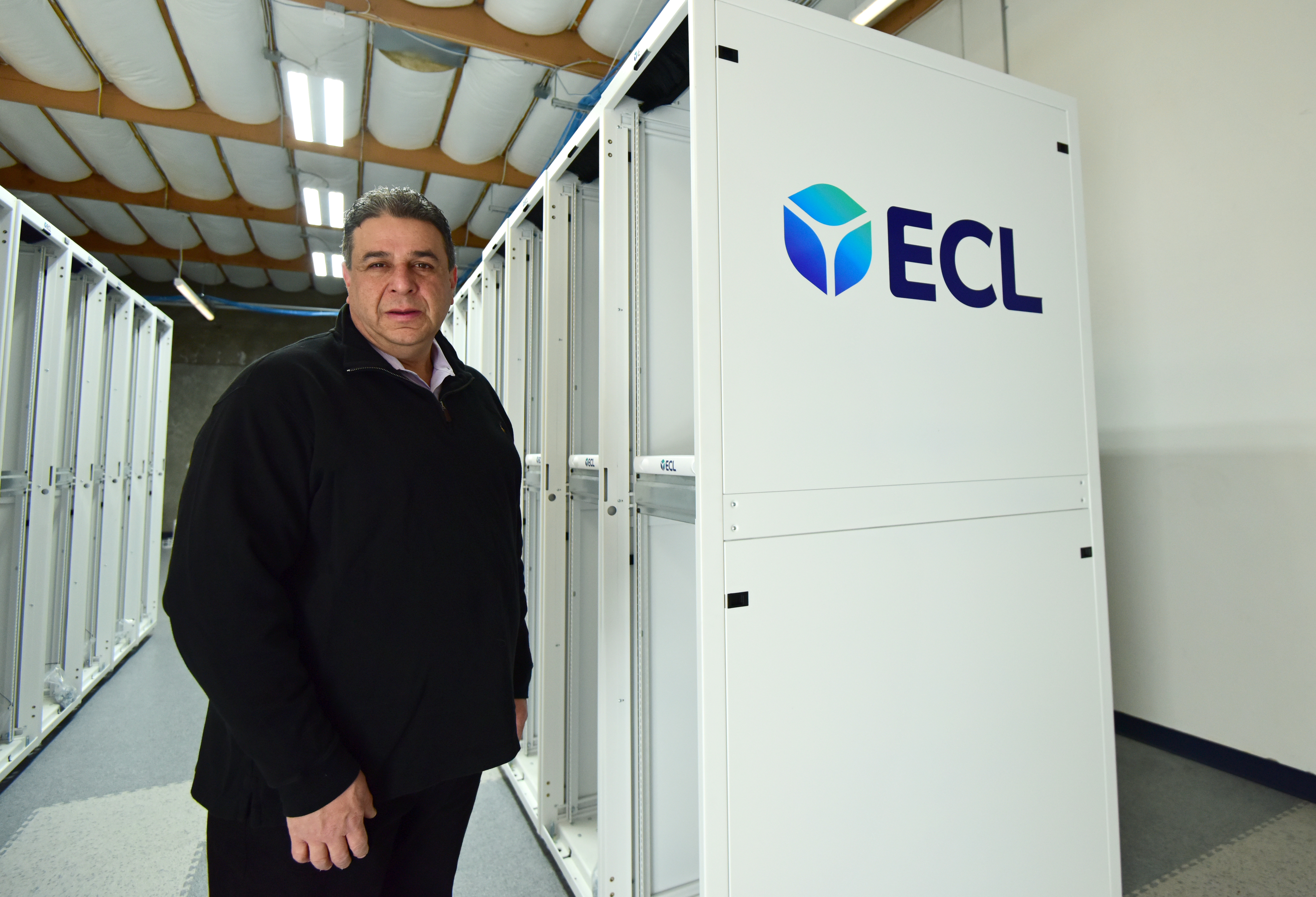There’s a real good reason the top four of the five biggest corporate renewable energy buyers in 2022 — Amazon, Meta, Google and Microsoft, in that order — are all also four of the biggest digital companies in the world: Data centers traditionally consume a tremendous amount of power, to crunch all those artificial intelligence algorithms and to keep the servers, networking gear and storage devices from overheating. And the appetite for those services is growing at a furious pace.
According to a September report by the International Energy Agency (IEA), the amount of electricity consumed by data centers globally in 2021 was between 220 and 320 terrawatt-hours, about 0.9-1.3 percent of total electricity use. That didn’t include the “mining” associated with cryptocurrency applications, and the amount has actually been pretty steady, because of efficiency improvements in computer hardware and software.
But the appetite for digital services — everything from millions of hours of videoconferencing to e-commerce to TikTok habits — continues to grow: The IEA figures data center workloads, however, are growing 10-30 percent annually. And in certain countries that have become data center hot spots, such as Ireland, the electricity consumption related to data centers has tripled to 14 percent of the total.
Sean Graham, research director of cloud to edge data center trends for IT research firm IDC, said data center operators are increasingly concerned about the sustainability — especially access to power and water — of their operations as digital services explode. “There are well-publicized data center moratoriums like Dublin, Singapore and the Netherlands but also practical ones like in Northern Virginia,” Graham said via email. “The problem is pervasive.” Increased extreme weather events are also a concern, as power outages become more common.
So it was with interest that I recently spoke with Yuval Bachar, a veteran data center engineer and architect whose resume includes high-level roles at Cisco, Digital Equipment Corporation, Facebook, Juniper Networks and LinkedIn. Bachar is co-founder and CEO of ECL, a startup based in Mountain View, California, with a proposed solution: off-grid data centers delivered in 1-megawatt blocks of capacity that are powered by green hydrogen. The sites are meant for organizations that need to expand their capacity and that would typically use a colocation facility. ECL anticipates completing its first project — a site that includes 24 modules — by the end of the second quarter, Bachar told me. “It’s a production site that we are building on our dime to demonstrate our conception. We picked Mountain View for a reason: If we can pass their requirements, we can pass anywhere.”
ECL raised $7 million in seed financing co-led by Molex Ventures and Hyperwise Ventures to help fund the construction of that site. “Yuval and his team are uniquely positioned to deliver this groundbreaking development in the data center industry,” said Lily Yeung, vice president of Molex, who is a member of ECL’s board. “Their experience in building and managing some of the largest data centers in the world for some of the most powerful companies in technology, including Facebook, Microsoft, LinkedIn, Cisco, HPE and Bloom Energy, gives us complete confidence that they will be successful in delivering this much needed change in the industry.”
More reliable off the grid?
ECL’s innovation builds off the work that data center providers have been doing to position fuel cells as a backup option for the grid in the case of power outages, according to Bachar. Only its approach represents fuel cells as the primary power source, rather than the grid, and it relies on systems fueled by hydrogen rather than diesel or natural gas. To pull that off, ECL plans to construct its sites where there is access to hydrogen via a pipeline or delivered via truck, from production sites no farther than a four-hour drive away; its design includes hydrogen storage tanks, where a backup supply for up to three days can be safeguarded, according to Bachar.
The water created during the power generation process is used to cool the high-density server racks, which means the facility doesn’t need to rely on external water resources to operate. That vastly increases the site selection possibilities, Bachar said. This isn’t a trivial achievement: According to ECL’s pitch, a typical 1 MW colocation site can use between 8 million and 10 million gallons of water per year, to keep the equipment from overheating. “We believe that water is something we shouldn’t use if we don’t have to,” Bachar said. In fact, ECL hopes to potentially provide water back to the communities in which its data centers are located.
For those readers interested in the IT-geek speak associated with ECL’s proposition, each of the 1 MW modules it is creating can accommodate about 4,000 servers capable of supporting machine learning and artificial intelligence applications in 1,000 square feet of space. ECL says its design has a better power usage effectiveness (PUE) ratio than existing colocation options — a metric of 1.05 for up to 50 kilowatts per equipment rack, compared with an average of 1.2 at 8 kW of power for best-in-class colocation sites. PUE is a measurement that expresses the energy efficiency of a data center; the best number any facility can achieve is 1.0. Did I mention ECL claims it can do this at roughly two-thirds the cost of a typical colocation installation, when you look at the number over a five-year period?
From a physical space perspective, Bachar said a data center with 24 MW of capacity would take up about 1.8 acres of land. ECL’s modules take six to nine months to plan and build. It usually takes 18 to 24 months to plan for a typical data center colocation — largely due to grid interconnection delays and permits.
“The ECL solution is part of a growing trend of local generation or microgrids to power data centers and other local operations which may or may not interact with the utility grid,” Graham said. “Local generation offers organizations reliability, increased energy efficiency, increased energy security and autonomy while often lowering carbon emissions.”
With its new backing, ECL intends to court businesses that are taking a hybrid approach with their data center management, and that need 5-25 MW of infrastructure capacity. Its value proposition: the ability to help companies expand quickly, without adding to the emissions associated with their data centers. “You don’t have to pay a premium to operate in a sustainable data center,” Bachar said.
[Want more great insight on technologies and trends accelerating the clean economy? Subscribe to our free Climate Tech Rundown newsletter. ]

